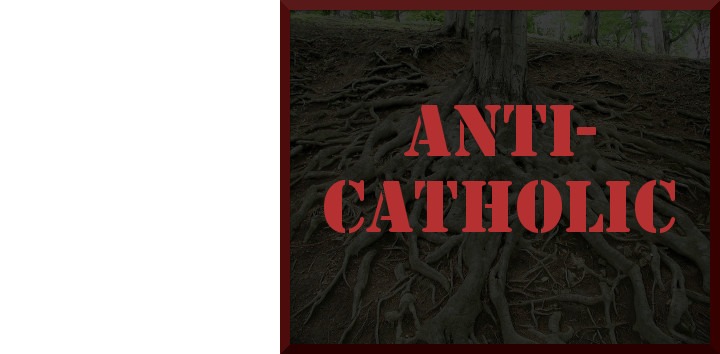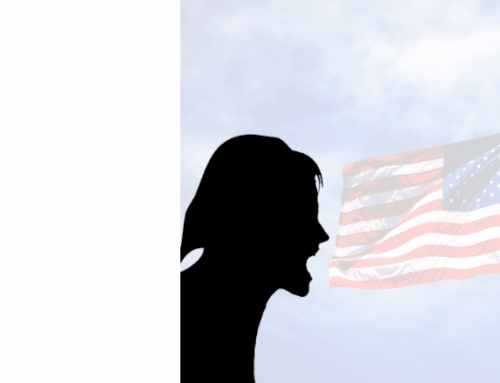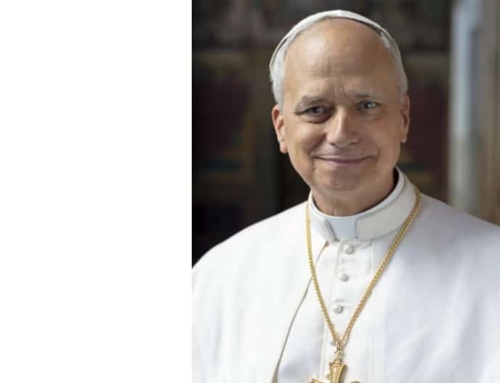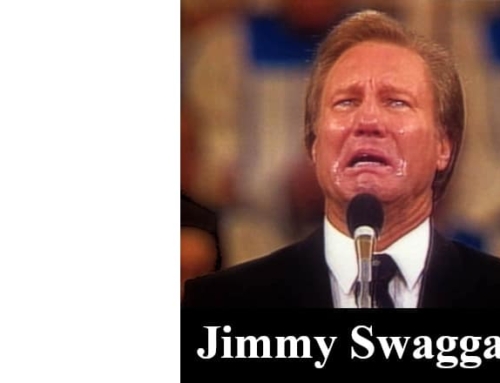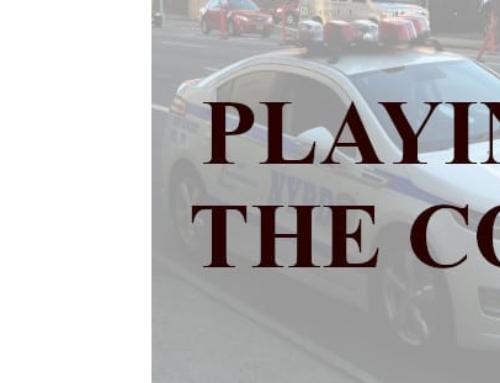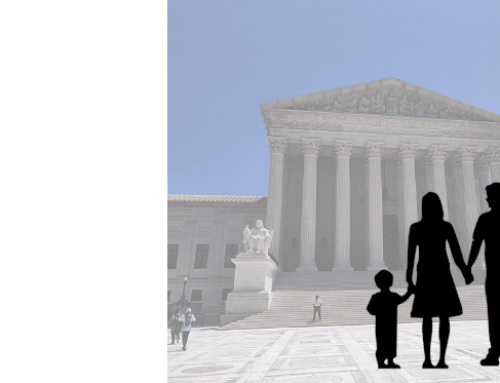The following article has been adapted by Catholic League president Bill Donohue from a 2001 lengthy article written by Robert P. Lockwood, “NARAL, Anti-Catholicism & the Roots of the Pro-Abortion Campaign”; it is available on our website.
At that time, Bob was our Director of Research. He was former president and publisher of Our Sunday Visitor and a member of the Catholic League’s board of directors. He died in 2019.
The public debate over abortion was critical in a resurgent anti-Catholicism in the mid-1960s. With the cooperation of media, abortion became an ongoing battle waged in a war of words based on anti-Catholicism. The issue was quickly defined as Catholicism and its role in public life, rather than abortion itself.
When the Catholic Church hierarchy took a strong stand on abortion, it found itself the target, rather than the position espoused. Quickly, the public issue of whether or not abortion should be fully legal in the United States descended into a cauldron of unrelated issues of separation of Church and State, the Catholic Church’s tax exempt status, the religious affiliation of abortion opponents, alleged “Catholic power,” and the imposition of sectarian belief on American law. As one New York state legislator would thunder in the midst of abortion debate, “you have no right to come to the floor of this body and ask us to enact into law church doctrine.”
Why did Catholicism become the issue in the abortion debate? It was through a planned effort by the National Abortion and Reproductive Rights Action League. Called by the acronym NARAL, the organization began as a collective of pro-abortion groups, nascent feminist organizations, illegal abortion referral services, and various Zero Population Growth zealots in the late 1960s.
One of the primary motivations in NARAL’s abortion campaign was the anti-Catholicism of its founder and first executive director, Lawrence J. Lader. Lader would effectively harness and use anti-Catholicism as a fundamental aspect of NARAL in abortion politics, legislating, public debate and media coverage. Under the influence of Lader and NARAL, Catholicism would become the issue, as much as abortion itself. According to Dr. Bernard Nathanson, one of NARAL’s original members and a close confidant of Lader, this anti-Catholicism “was probably the most effective strategy we had.”
According to Nathanson, he and Lader were discussing the overall strategy for legalizing abortion in the United States in October, 1967, six years before the Supreme Court would knock down all state laws that criminalized abortion in its Roe v. Wade and Doe v. Bolton decisions and two years before the formation of NARAL.
After Lader described the need to activate feminist leadership to see abortion as not one of many issues but a foundational part of the feminist crusade, Lader – as recalled by Nathanson – “brought out his favorite whipping boy”:
“‘…(A)nd the other thing we’ve got to do is bring the Catholic hierarchy out where we can fight them. That’s the real enemy. The biggest single obstacle to peace and decency throughout all of history.’
“It was a comprehensive and chilling indictment of the poisonous influence of Catholicism in secular affairs from its inception until the day before yesterday. I was far from an admirer of the church’s role in the world chronicle, but his insistent, uncompromising recitation brought to mind the Protocols of the Elders of Zion. It passed through my mind that if one had substituted ‘Jewish’ for ‘Catholic,’ it would have been the most vicious anti-Semitic tirade imaginable.’”
As Lader would amplify in a later conversation, “every revolution has to have a villain…There’s always been one group of people in this country associated with reactionary politics, behind-the-scenes manipulation, socially backward ideas…(I)ts got to be the Catholic hierarchy.”
Under Lader’s leadership, NARAL would quickly move to make the abortion debate appear to be a “Catholic” issue. The strategy was simple: convince the media and the public that this was a case of the Catholic hierarchy attempting to impose its will on America.
Portray all opposition from Catholics to legalized abortion as a power play by the Church with the laity marching in lockstep to its clerical overlords. Accuse the Church of abusing its tax exemption for a political power-grab. Secure the right to unlimited access to abortion by painting the pro-life position as a peculiarly Catholic notion with no rights in a pluralistic society. Pull out all the old anti-Catholic canards and focus the debate as a church-state issue.
This was the anti-Catholicism of Lawrence Lader and an infant NARAL. It would use the old nativist anti-Catholic arguments that had visceral appeal throughout American culture – the Church as authoritarian and undemocratic; the Church as an alien presence within American democracy; the Church as the enemy of separation of Church and State; the Church as attempting to impose its morality on American culture; Catholic laity as political foot-soldiers dominated by a hierarchy and incapable of individual thought – and strip them of post-Reformation theological rhetoric. Rather than a religious and racial prejudice, anti-Catholicism in the abortion debate would become a secular assumption. The pro-life position was wrong because it was Catholic, not because it necessarily lacked merit.
As Nathanson explained, in liberal circles anti-Catholicism would become a very effective tool. It still is, many decades later.
Nathanson later gave up his abortion practice, became pro-life and converted to Catholicism.


